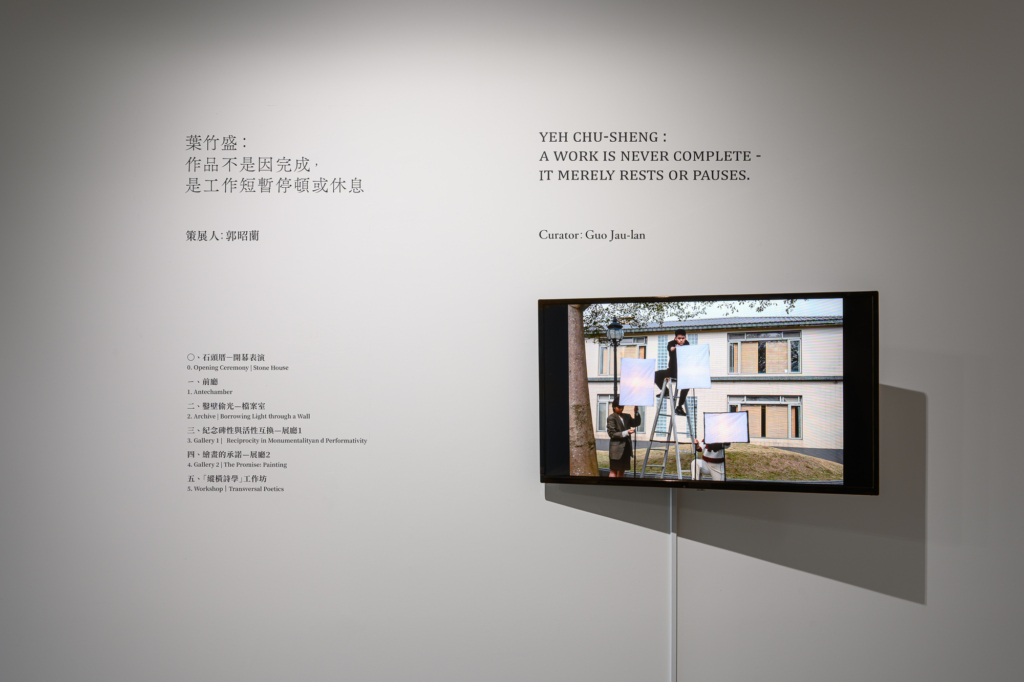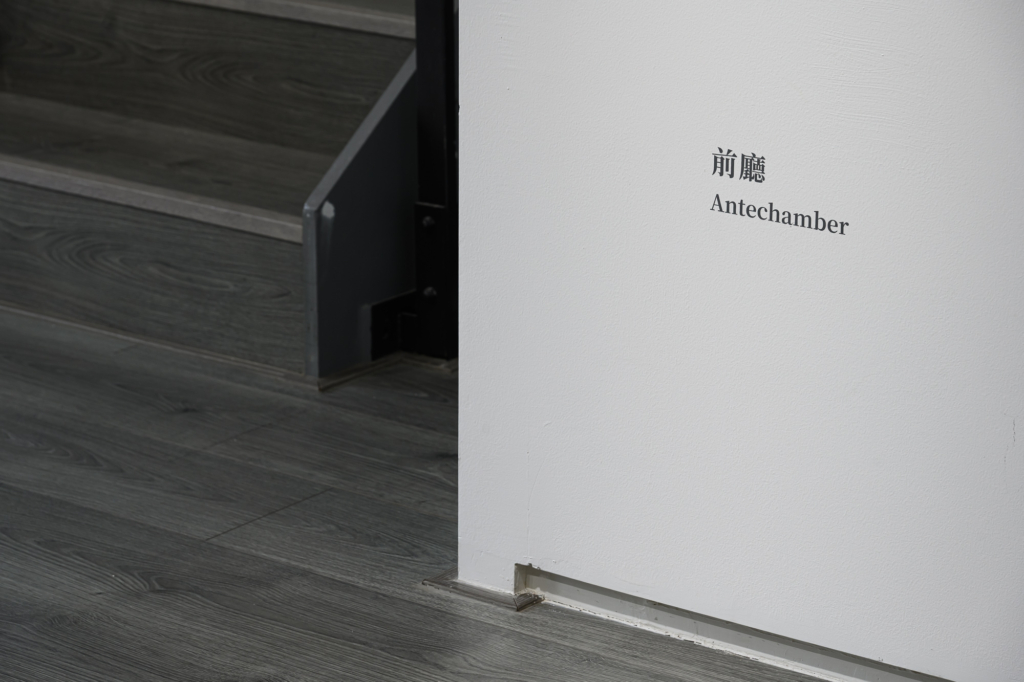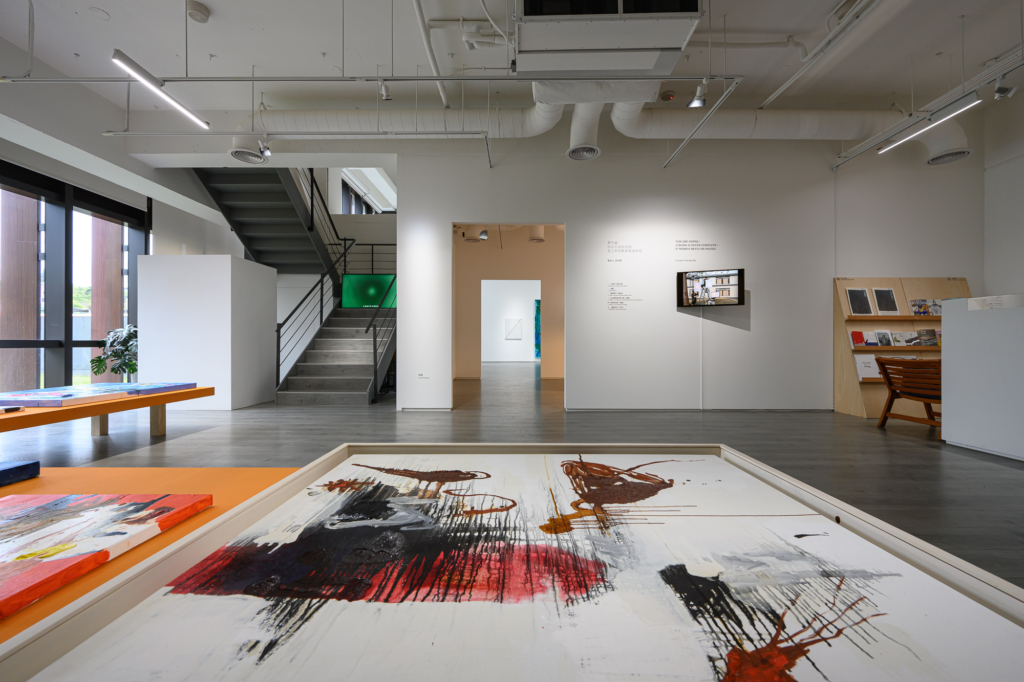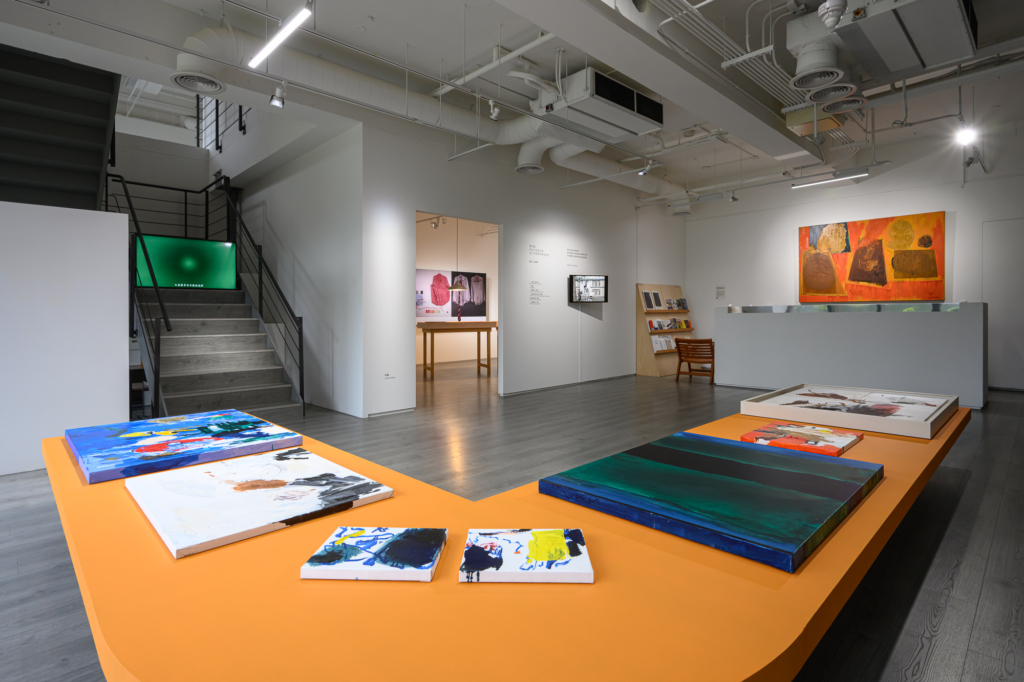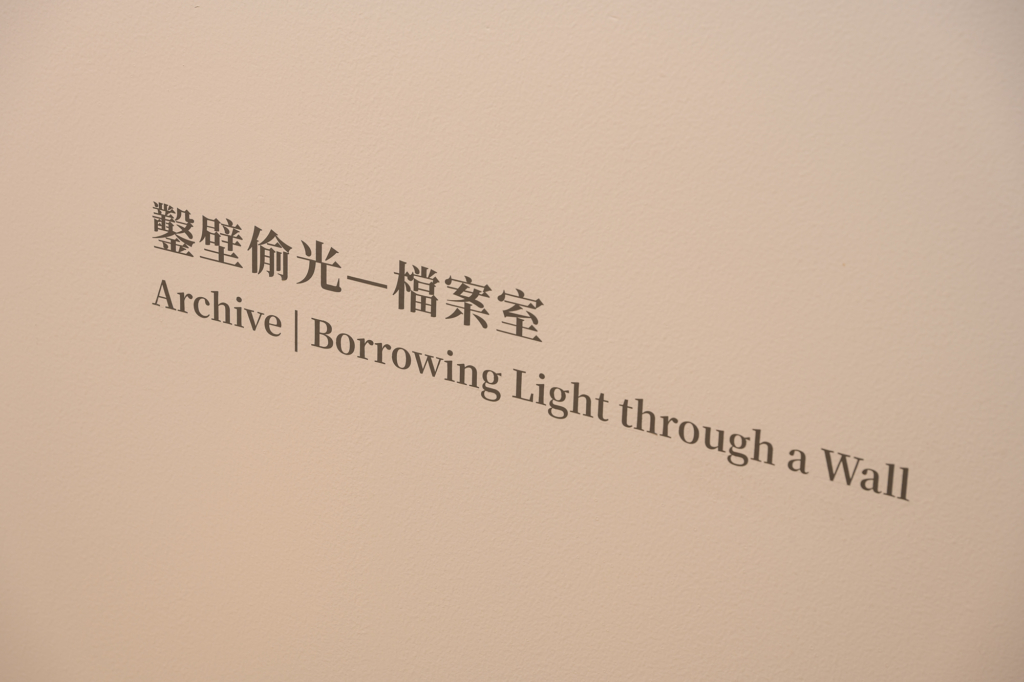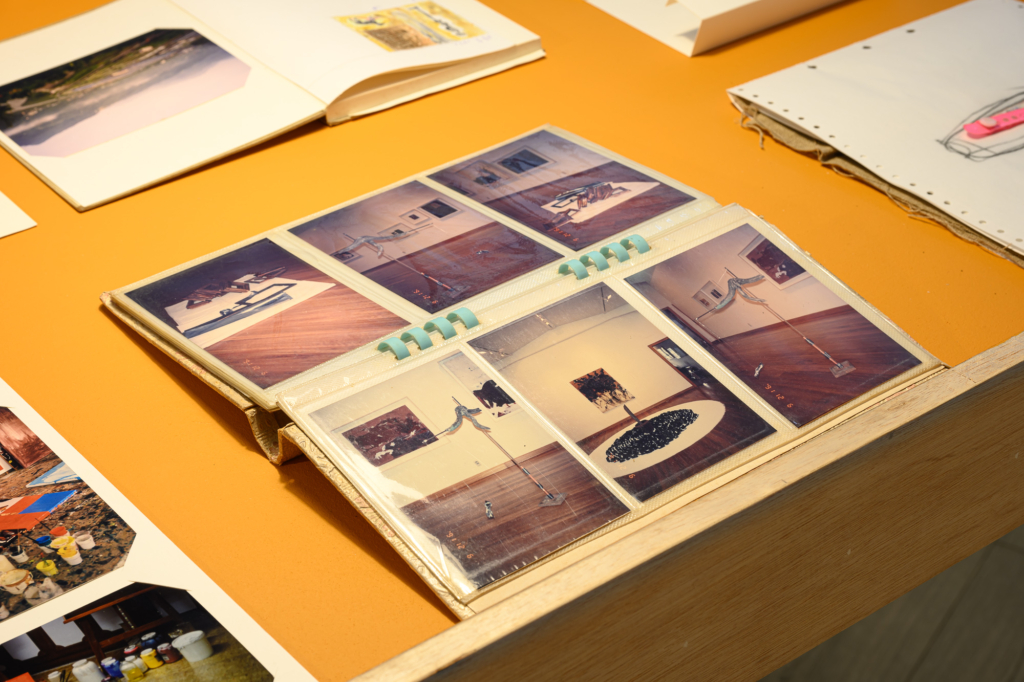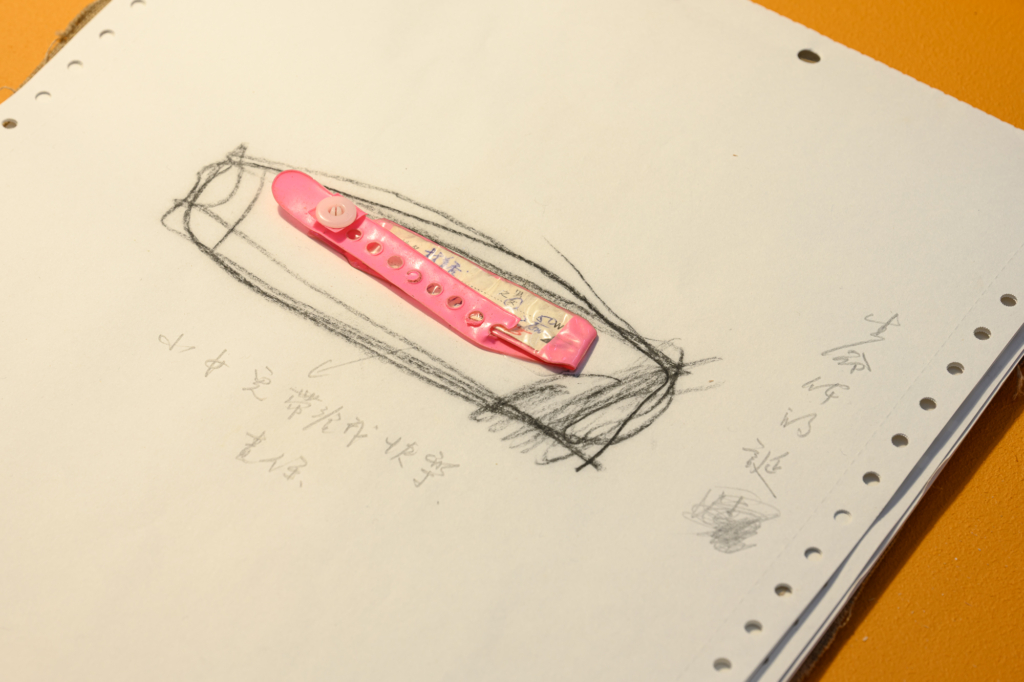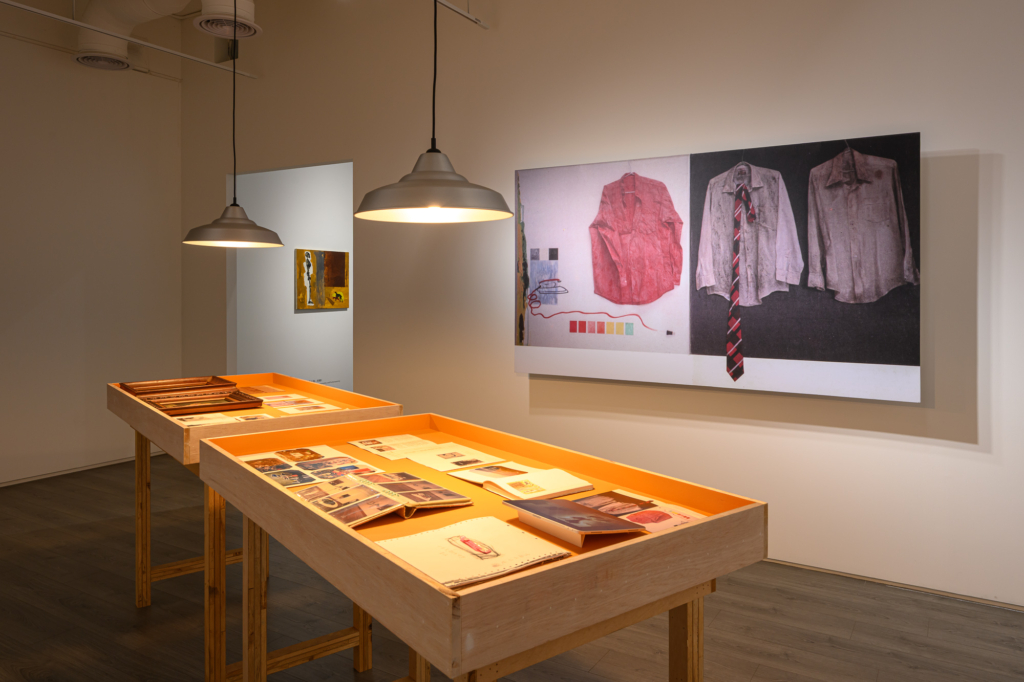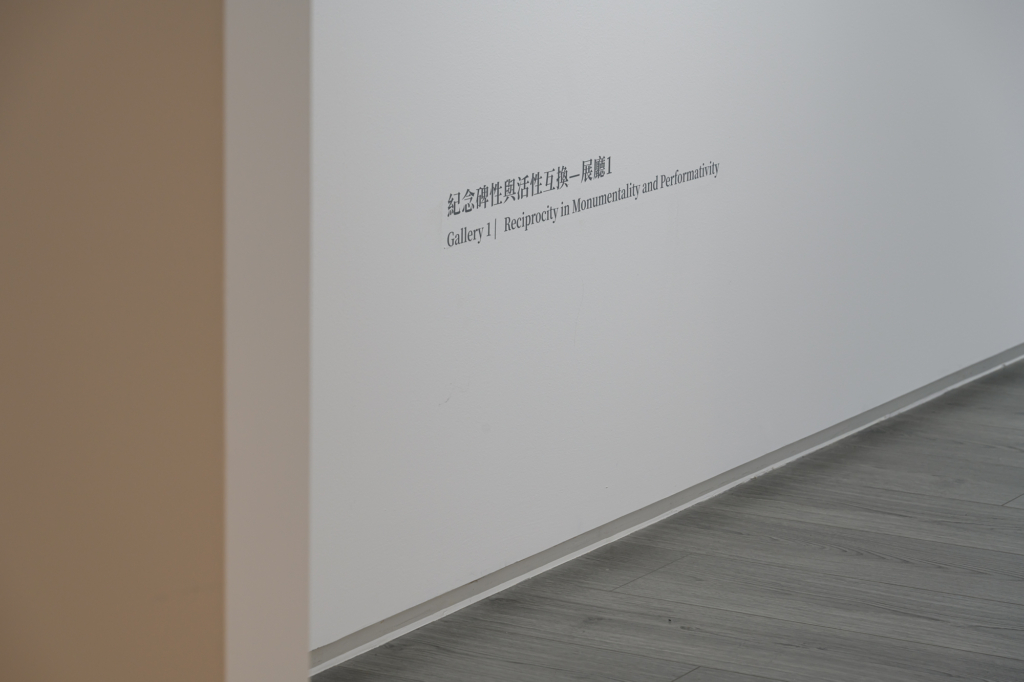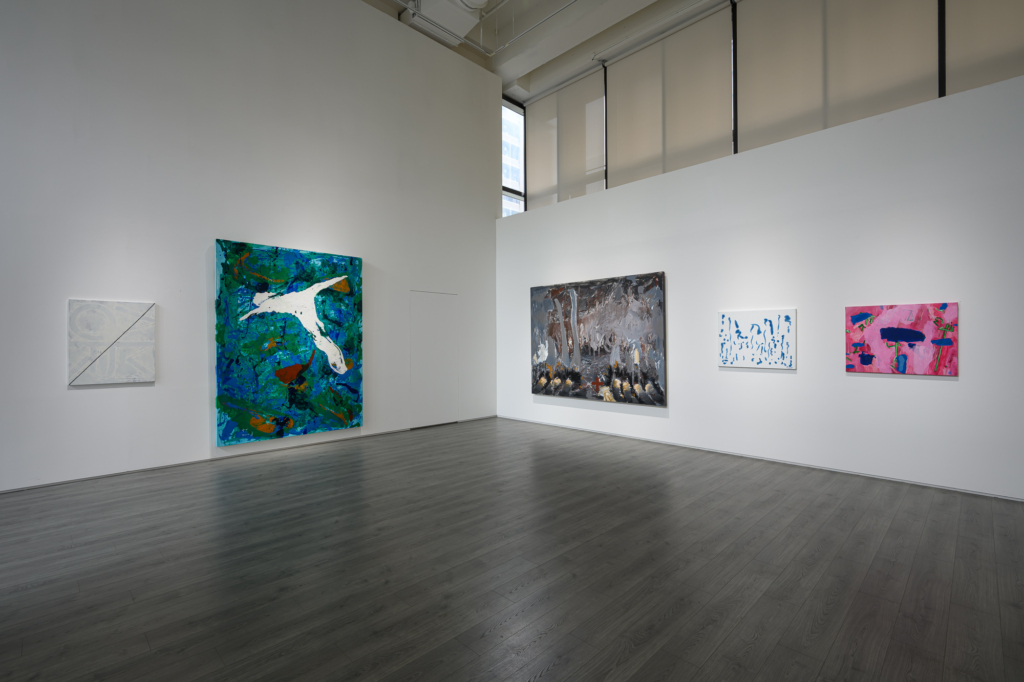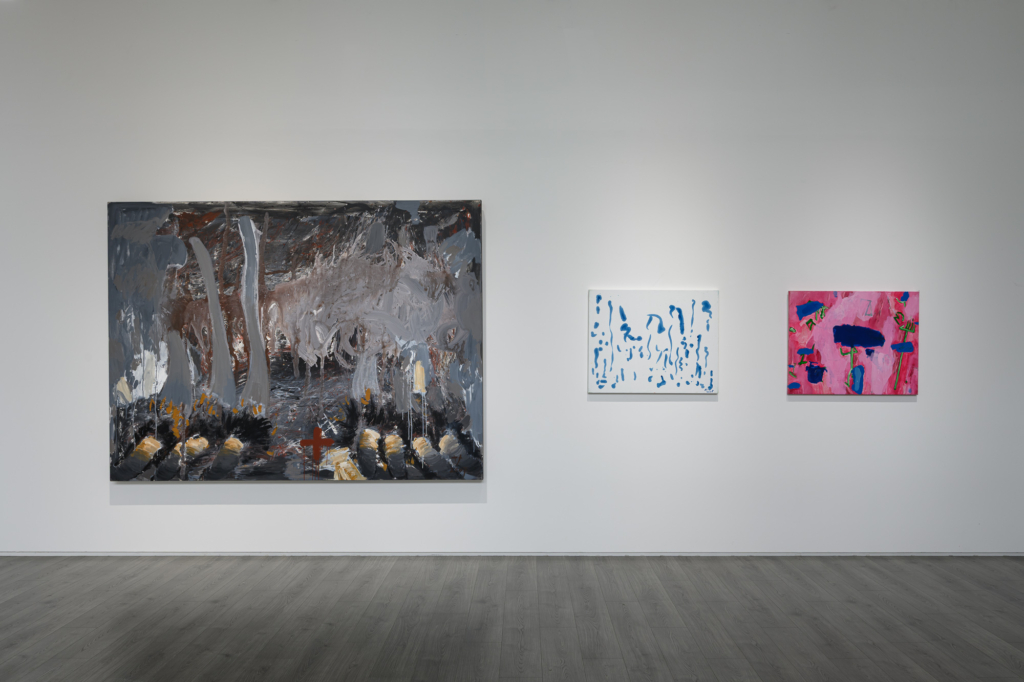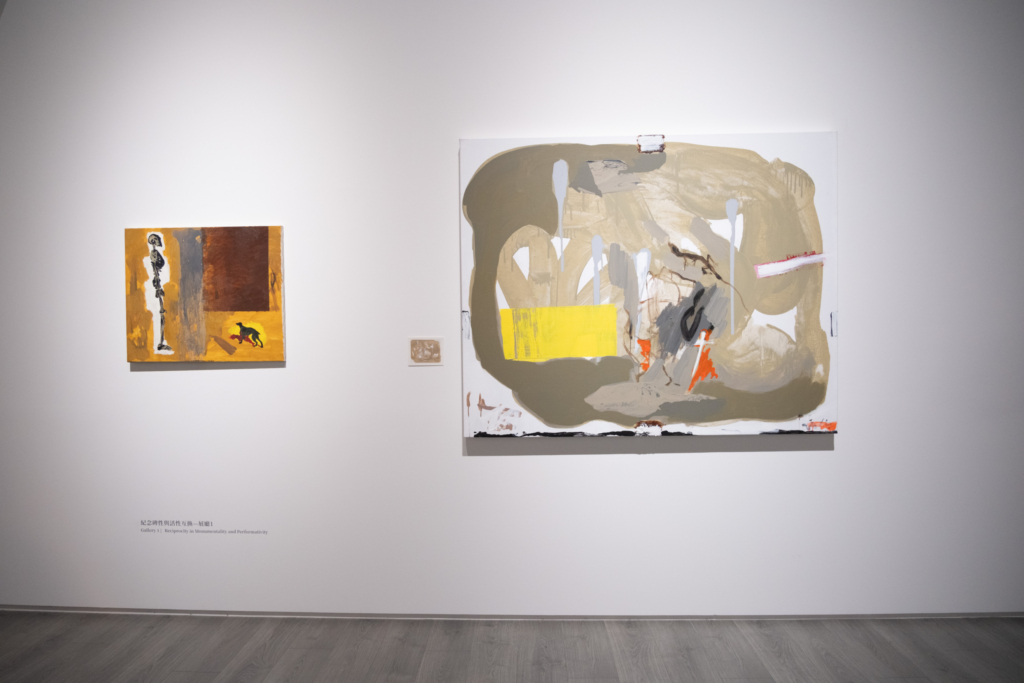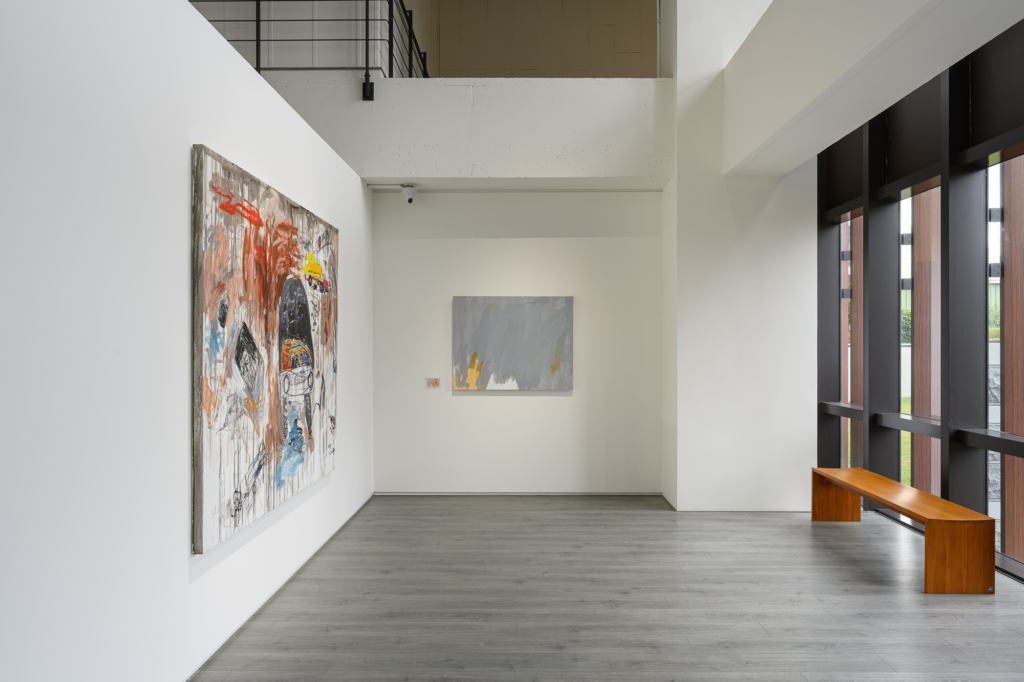YEH CHU-SHENG: A Work is Never Complete - It Merely Rests or Pauses.
2025.02.22 - 2025.03.29
Artist | YEH Chu-Sheng
Curator | Guo Jau-lan
On the eve of the Mid-Autumn Festival in 2024, Yeh Chu-Sheng suddenly departed from this world. This exhibition not only pays tribute to the artist and the art practice to which he devoted his entire life, but also attempts to chart various lines of thought to interpret and experience Yeh Chu-Sheng and his art. Yeh Chu-Sheng was born in Kaohsiung in 1946 and graduated from the San Fernando Royal Academy of Fine Arts in 1977. In 1984, he participated in ‘Hetero-Space,’ an exhibition at Spring Gallery curated by Richard Lin, where Yeh used visually striking wire mesh to transmute the interstitial window screens of his childhood memories, engaging the audience’s vision and other bodily senses within the voluminous exhibition space.
Unlike his contemporaries, Yeh did not take the representation of landscapes from the real world as his starting point, nor did he focus on developing a distinguishable signature style. While the artists around him sought to materialize their emotional connection to the land through identifiable gestures that traced the dynamic force of the artist’s body, Yeh instead strove to preserve the vitality in the interaction between the artist and painting itself, between the artist and their materials. In this way, the resolved form of the painting does not come to dominate the painter’s originating intentions and process.
In 1986, against the backdrop of the establishment of the Tainan Municipal Cultural Center, Yeh founded the New Style of Southern Taiwan Society (南台灣新風格畫會) with Huang Hung-Teh, Lin Hong-Wen, and other artists based in Tainan and Kaohsiung. Through their New Style of Southern Taiwan Exhibitions and the New Style of Southern Taiwan Biennale, they championed self-aware and reflective art-making. During the tumultuous 1980s, amidst a period of introspection prompted by the expansion of the Information Age and the gradual destabilization of anthropocentric positions, Yeh pursued an artistic direction that sought liberation from the authority of objective knowledge.
Since his first solo exhibition at Chao-ya Gallery, Kaohsiung, in 1983, Yeh’s art has stirred responses from many art critics, in the form of essays, creative writing, poems, and reviews. Among this literature roused by the artist’s creative practice from the 1980s to today, there are debates over whether art should prioritize national or personal identity at its basis, attempts to unravel the multiple layers in Yeh’s artwork, as well as insistences for the historical positioning
of his paintings as the quintessence of abstract art. Each of these approaches reveals the overriding artistic concern of the work as the artist’s struggle between self and object. This intersection between the artist and art criticism not only maps the social and political shifts amongst which the art was situated, but also illustrates how this artist, who as early as in the 1980s introduced the dialectics of ‘order and chaos’ and ‘construction, deconstruction, and reconstruction,’ piqued the yearnings and imaginations of keen observers within the contemporary art ecosystem in Taiwan.
‘A work is never complete – it merely rests or pauses’ is how Yeh described his own artistic practice in 1986. This exhibition considers how to revisit Yeh’s view of the painting canvas as a dialectical platform of negotiation between self and natural phenomena, abstraction and imagery, and the ways in which the artist engages with these themes. The exhibition’s opening has been designed as a viewing continuum that guides the audience from Yeh’s Stone House studio to the gallery space.
〇. Stone House
After 2015, excepting a small number of sketches on paper, Yeh Chu-Sheng created the majority of his works in his Stone House studio. In the eponymous opening performance ‘Stone House,’ we return to Yeh’s studio. Through performativity, we experience the artist’s space and his creative process anew, before monumentalizing the traces that the artist has left behind.
‘Stone House’ treats Yeh’s studio as a tableau vivant, reexamining his creative ideas in order to position the artist and his artistic approach within vast natural, social, and ecological landscapes.
- Antechamber
Solid Art’s reception space serves as the exhibition’s ‘antechamber.’ An antechamber is both a waiting room before entering a theater and a transitional space in a building. Here, visitors remove their coats and set down their belongings, tacitly agreeing to follow the theater’s protocols – whether waiting quietly or actively participating. This space also suggests the theater’s potential to orchestrate the audience’s bodily experiences.
‘Antechamber’ is a visual presentation of numerous quotes that have been extracted from Yeh Chu-Sheng’s own writings and critics’ articles, attempting to invite audiences to experience the expansive relationships between the artist, his artwork, art writing, and the exhibition.
- Borrowing Light through a Wall
2012 was a watershed year for Yeh Chu-Sheng’s personal archives: in 2012, Yeh experienced flee from a studio fire in haste, and many of his early works were lost in the flames. ‘Borrowing Light through a Wall’ is a collection of the only remaining artefacts from Yeh’s early personal archives, including manuscripts, sketches, works on paper, and photographs from the studio, as well as reconstructions of the artist’s lesser-known early three-dimensional works. After the fire of 2012, Yeh was deeply affected by his brush with the impermanence of life, and even harbored thoughts of escaping from everything. Yeh’s wife, Lin Mei-Hsiu, once attempted to create an archive for Yeh through hand-drawn illustrations. Her skilful drawing ability reveals her own capacity as an artist.
- Reciprocity in Monumentality and Performativity
Exhibiting Yeh Chu-Sheng’s works involves a twofold issue of representation — presenting the artist’s acts of creation in his paintings, in an exhibition of a temporary nature in relation to the artist — both of these representations share a serendipitous connection.
‘Reciprocity in Monumentality and Performativity’ encourages viewers to travel back and forth between the artist’s brushstrokes, immortalized in pigment, and the ideas with which Yeh once playfully experimented. The audience is guided to regard tangible objects as monuments that materialize the ephemeral, while also retaining their own interpretations and perspectives of the work based on their individual experiences. This viewing mode thereby corresponds with Yeh’s artistic concepts of ‘order/chaos,’ ‘true/false,’ and ‘construction, deconstruction, and reconstruction.’
Thus, the materialization of the image is as Yeh described in 1986 — ‘A work is never complete – it merely rests or pauses’ — it will not be exhausted nor come to its conclusion here.
- The Promise: Painting
Rather than simplifying Yeh Chu-Sheng’s art as abstract painting, it is more productive to stepback and observe the artist’s ongoing struggle with the relationship between object and self, and therein expand various unexplored, potential readings. Akin to the signature styles of the Abstract Expressionist painters, efforts to label Yeh with an identifiable style are bound to be futile. Whether figurative or abstract, object or self, metaphysical or concrete, Yeh’s creative trajectory of continuous dialectics and their transcendence seems to answer the question: what is it that painting promises us?
This is not a product of Purist painting: it is precisely because of its impurity that such a promise is made.
- Transversal Poetics Workshop
Workshop date:2025.03.22 (Sat) 3:00-5:00 p.m.
Organized by ‘citing bar’, the ‘Transversal Poetics Workshop’ is inspired by the concept of ‘transversal posthumanities’ which has been extended by the Australian feminist environmental humanities reading group to ‘Transversal Poetics.’ This workshop will pick up from Yeh’s unfinished discussions around concepts such as improvisation, play, and unpredictability, by drawing from all kinds of literature in the exhibition, including personal statements, reviews, reports, and creative writing. Through an interwoven act of gathering, assembling, and citing historical texts, the process of collective creation will manifest itself in real time. The workshop hopes to broaden and activate further responses to Yeh’s art and worldview, sustaining its dialogue and exploration.
Despite each individual and every sentence being so different, they are forever interdependent and interconnected, just like life’s flow and the arising of opportunities. When the translucent, ambiguous spaces between order and chaos, the known and unknown, and the intimate and the unfamiliar are encountered, this is where poetry meets the true ‘present.
Special Thanks: Ms. LIN Mei-hsiu, Mr. and Mrs. CHIU Hsien-yu, Chairman KUO Chin-en.
Co-organizer: ER Art Gallery

